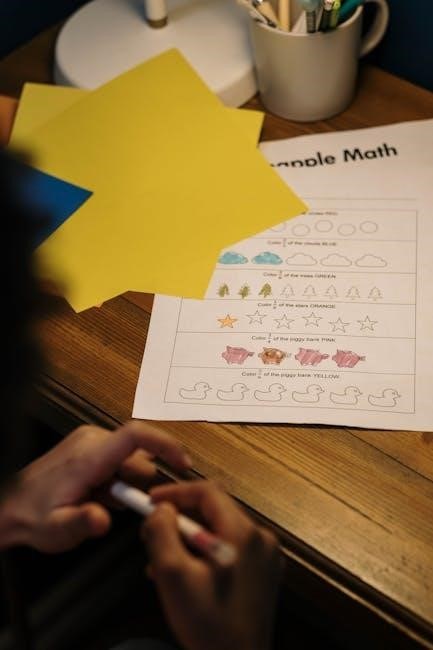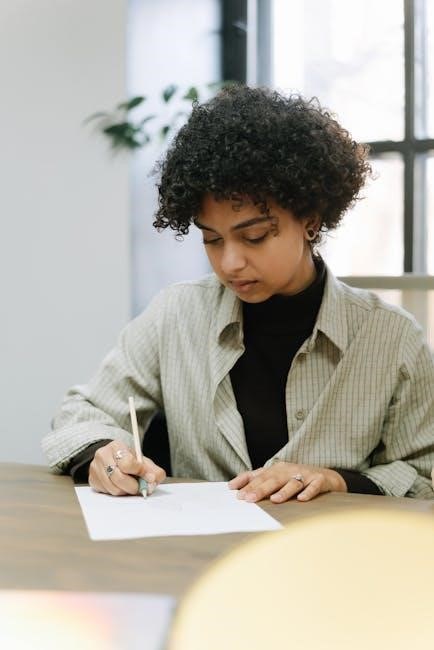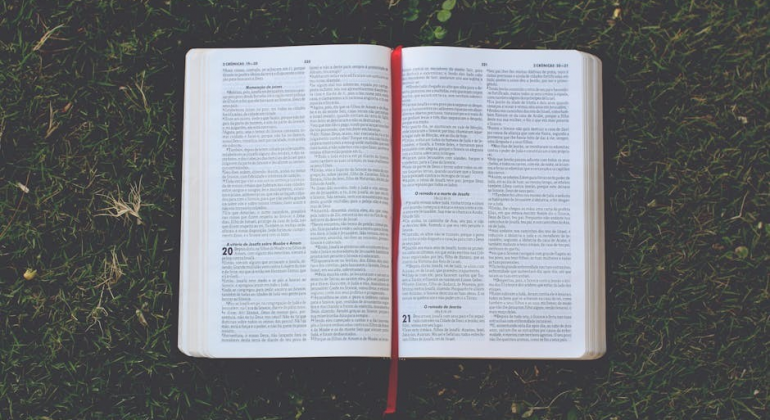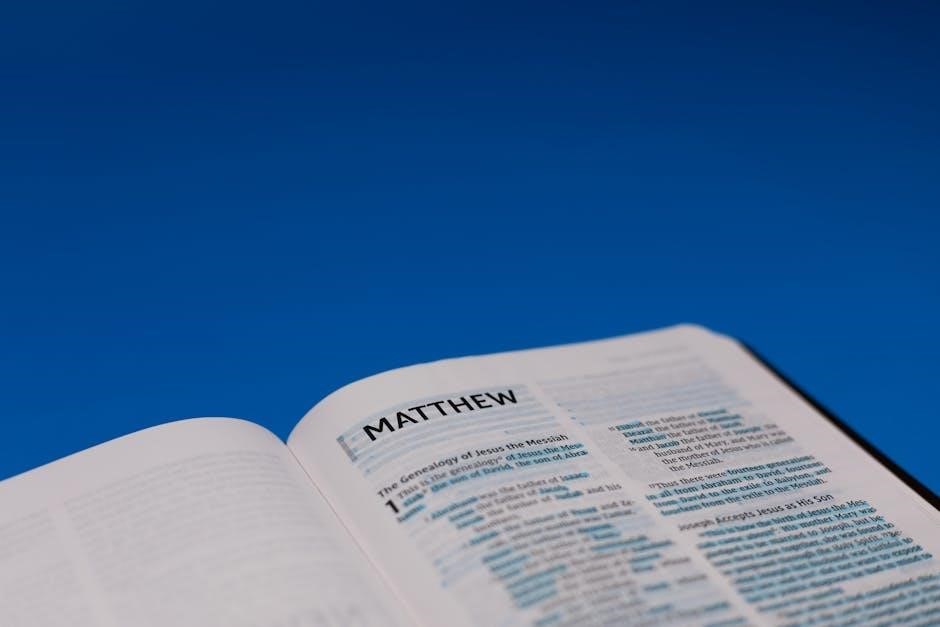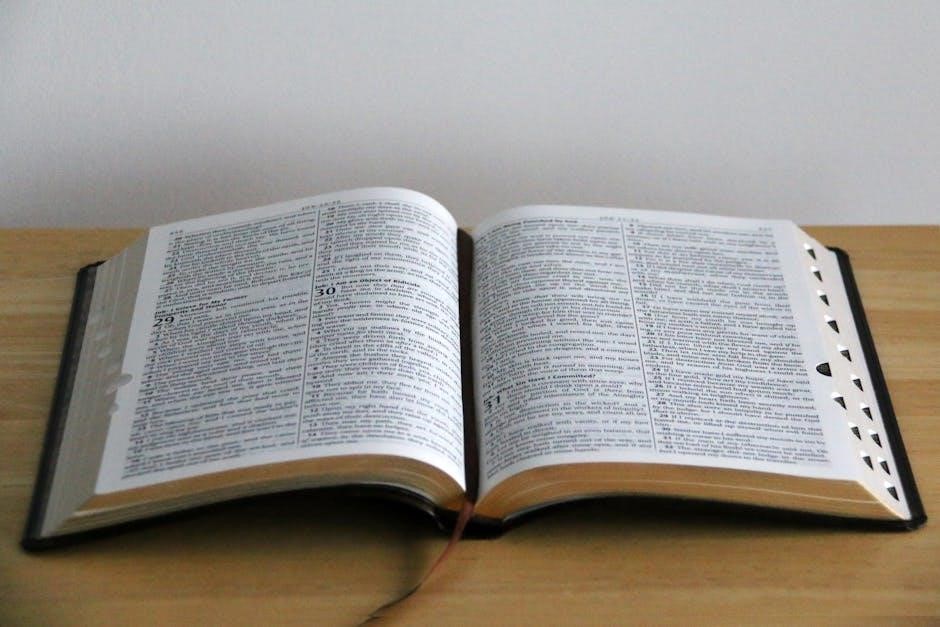veterans day word search pdf
A Veterans Day Word Search PDF is an engaging and educational activity that honors the bravery and service of military veterans. It features words like “courage,” “freedom,” and “honor,” hidden in a grid for fun and learning. This tool is perfect for classrooms, homeschooling, or personal use, offering a meaningful way to reflect on the significance of Veterans Day while enjoying a challenging puzzle.
Definition and Purpose of Veterans Day Word Search
A Veterans Day Word Search is an interactive tool designed to engage individuals in a fun and educational activity while honoring military veterans. It consists of a grid of letters containing hidden words related to Veterans Day, such as “service,” “sacrifice,” and “hero.” The purpose of this activity is to educate participants about the significance of the holiday, promote reflection on the values it represents, and provide an entertaining way to learn about the bravery and dedication of veterans. It is widely used in classrooms, homeschooling, and personal activities to celebrate and appreciate the contributions of military personnel.
Historical Context of Veterans Day
Veterans Day originated from Armistice Day, which marked the end of World War I on November 11, 1918. Over time, it evolved to honor all U.S. military veterans who served in any conflict. The holiday was officially renamed Veterans Day in 1954 to recognize the sacrifices of veterans from World War II and the Korean War. The word search PDF reflects this history by incorporating terms like “Armistice,” “Peace,” and “Service,” connecting users to the holiday’s origins and its significance in American culture.
Key Features of Veterans Day Word Search PDF
The Veterans Day Word Search PDF is designed to engage users of all ages with its interactive and educational format. It typically includes 20-35 themed words related to the holiday, such as “honor,” “service,” and “freedom.” The puzzles are customizable, allowing adjustments in difficulty level and grid size. Many PDFs are free, printable, and easily accessible, making them ideal for classrooms, homeschooling, or personal use. They often feature patriotic themes and symbols, enhancing the learning experience while fostering appreciation for the sacrifices of veterans.

Benefits of Using Veterans Day Word Search PDF
The Veterans Day Word Search PDF offers an engaging way to educate kids and adults about the holiday’s significance, promoting learning and reflection through interactive fun.
Educational Benefits for Kids and Adults
Veterans Day Word Search PDFs provide an interactive learning experience for both kids and adults. They introduce vocabulary related to the holiday, such as “honor,” “freedom,” and “service,” while enhancing problem-solving skills. For children, these puzzles foster an understanding of Veterans Day’s significance in a fun, engaging way. Adults, including veterans, can also benefit by reflecting on the values and themes embedded in the activity. The puzzles promote critical thinking and memory recall, making them a valuable educational tool for all ages. They align with lesson plans, encouraging meaningful discussions about patriotism, sacrifice, and gratitude.
Engaging Way to Learn About Veterans Day
Veterans Day Word Search PDFs offer an interactive and enjoyable way to learn about the holiday’s significance. By searching for words like “courage,” “freedom,” and “honor,” individuals of all ages engage with the themes of service and patriotism. This activity makes learning fun, helping kids and adults alike understand the importance of Veterans Day. It fosters a deeper connection to the holiday’s values while providing an entertaining challenge; The puzzles are ideal for classrooms, homeschooling, or personal reflection, making them a versatile tool for meaningful engagement.
Therapeutic Value for Veterans and Families
Veterans Day Word Search PDFs offer a calming and reflective activity for veterans and their families. Engaging with meaningful words like “honor” and “service” can provide mental stimulation and a sense of accomplishment. The puzzles serve as a healthy distraction, reducing stress and anxiety while fostering mindfulness. For veterans coping with PTSD or emotional challenges, this activity can be a soothing way to connect with their experiences. It also encourages family bonding, creating shared moments of reflection and gratitude for the sacrifices made by military personnel.

How to Create a Veterans Day Word Search PDF
Create a Veterans Day Word Search PDF by brainstorming relevant words, designing a grid, and adding a patriotic theme. Use tools like Canva or Adobe to customize and download the puzzle for sharing or printing.
Step-by-Step Guide to Designing the Puzzle
Brainstorm Veterans Day-themed words, such as “honor,” “freedom,” and “courage.”
Choose a grid size based on the difficulty level and age group.
Arrange words horizontally, vertically, or diagonally within the grid.
Add extra letters to fill empty spaces and make the puzzle challenging.
Incorporate a patriotic theme with symbols like flags or eagles;
Use design tools like Canva or Adobe to create a visually appealing layout.
Add instructions and a word list for solvers.
Review and test the puzzle for accuracy.
Save as a PDF for easy sharing or printing.
Tools and Software for Creating Word Search PDFs
To create a Veterans Day Word Search PDF, various tools and software can be used. Canva offers templates and design features for a professional look. Adobe Illustrator provides advanced options for custom layouts. Armored Penguin is a popular choice for generating word search puzzles quickly. Microsoft Word and Google Docs can also be used for basic designs. Additionally, online platforms like WordSearchGenerator and PuzzleMaker allow users to create puzzles and export them as PDFs easily. These tools ensure high-quality, customizable puzzles for educational or personal use.

Popular Themes and Words in Veterans Day Word Search
Common themes include bravery, patriotism, and sacrifice, with words like “honor,” “courage,” and “freedom.” Military branches, historical events, and values like “service” and “gratitude” are also featured.
Military Branches and Related Terms
The Veterans Day Word Search PDF often includes terms related to the U.S. Armed Forces, such as Air Force, Army, Navy, Marine Corps, and Coast Guard. These branches are represented to highlight their contributions and sacrifices. Additional terms like service, medal, veterans, and military are also commonly featured, providing a comprehensive look at the Armed Forces. The inclusion of these words helps participants learn about and appreciate the roles of each branch while engaging in the puzzle.
Values and Virtues Associated with Veterans Day
The Veterans Day Word Search PDF often highlights key values such as honor, courage, duty, and freedom. These virtues reflect the principles upheld by military veterans and are central to the holiday’s significance. Words like sacrifice, service, and patriotism are frequently included to emphasize the importance of selflessness and loyalty. The puzzle serves as a meaningful way to explore and reflect on these values, making it an educational and engaging tool for all ages. By focusing on these themes, the word search promotes a deeper understanding of the ideals Veterans Day represents.
Historical and Cultural References
The Veterans Day Word Search PDF often incorporates historical and cultural references to enrich the learning experience. Words like Armistice, November 11th, and WWI highlight the holiday’s origins and historical significance. Cultural elements, such as parades and ceremonies, are also included to reflect traditional celebrations. These references provide a connection to the past, allowing users to understand the deeper meaning behind Veterans Day. By weaving history and culture into the puzzle, the word search becomes a tool for education and reflection, making it more than just a game;

Customization Options for Veterans Day Word Search
Veterans Day Word Search PDFs can be tailored to include personalized messages, names, and images, making them unique and meaningful. Difficulty levels can also be adjusted for different age groups, ensuring the puzzle is accessible and engaging for everyone. These customization options allow users to create a more personalized and impactful experience, honoring veterans in a way that resonates deeply.
Adding Personalized Messages and Names
Personalizing Veterans Day Word Search PDFs allows users to add meaningful messages and names, making the activity more heartfelt and commemorative. By incorporating names of loved ones who served or inspirational quotes, the puzzle becomes a unique tribute. This feature is particularly popular for classroom activities, homeschooling projects, or family gatherings, as it creates a personal connection to the holiday. Users can easily customize the PDF using editing software, ensuring the final product reflects their individual appreciation for veterans. This personal touch enhances the educational and emotional impact of the word search, making it a memorable experience for all participants.
Adjusting Difficulty Levels for Different Ages
Veterans Day Word Search PDFs can be tailored to suit different age groups by adjusting the difficulty level. For younger children, simpler puzzles with larger grids and shorter words are ideal, while older kids and adults can tackle more complex layouts with smaller grids and harder-to-find terms. Some PDFs offer varying levels of challenge, ensuring the activity is engaging for all participants. This flexibility makes the word search suitable for both educational settings and family activities, allowing everyone to enjoy the puzzle at their own pace and skill level.
Incorporating Images and Symbols
Veterans Day Word Search PDFs often include patriotic images and symbols, such as the American flag, eagles, or military emblems, to enhance the visual appeal and thematic relevance. These elements can be integrated into the grid or placed around it, creating a more engaging and meaningful activity; Images of medals, soldiers, or historic scenes can also be added to provide context and inspire reflection. This combination of visuals and words helps users connect with the significance of Veterans Day while making the puzzle more interactive and educational for all ages.

Using Veterans Day Word Search in Educational Settings
Veterans Day Word Search PDFs are ideal for classrooms and homeschooling, offering an interactive way to teach students about patriotism, service, and historical significance while fostering vocabulary skills.
Classroom Activities and Lesson Plans
Integrate Veterans Day Word Search PDFs into lesson plans to create engaging and educational activities. Start with a class discussion about Veterans Day, then distribute the word search as an interactive icebreaker. Students can work individually or in groups to find and define words like “courage” and “freedom.” Extend learning by having students create sentences using the discovered words or research their historical context. For a reflective component, ask students to write about what Veterans Day means to them. This activity aligns with language arts and social studies curricula while fostering patriotism and gratitude.
Homeschooling Resources and Ideas
A Veterans Day Word Search PDF is a versatile tool for homeschooling, offering an interactive way to teach kids about the holiday. Parents can integrate it into lesson plans as a supplement to history or language arts studies. The puzzle can be adapted to different learning styles, with options to complete it individually or as a family activity. Additionally, homeschoolers can enhance the experience by pairing the word search with writing prompts or discussions about the meaning of Veterans Day. This resource makes learning engaging while fostering patriotism and gratitude in a fun, family-friendly way.
Assessment and Learning Outcomes
The Veterans Day Word Search PDF serves as an effective tool for assessing learning outcomes while engaging students in meaningful reflection. Completing the puzzle helps students recognize and retain key vocabulary related to Veterans Day, such as “honor,” “service,” and “freedom.” Educators can use the activity to gauge students’ understanding of the holiday’s significance and their ability to connect words to concepts. The puzzle also enhances problem-solving skills and focus, providing a measurable outcome in both cognitive development and subject matter comprehension. It offers a fun yet structured way to evaluate learning while fostering appreciation for the holiday’s values.

Gratitude and Appreciation Through Word Search
The Veterans Day Word Search PDF fosters gratitude by incorporating words like “thank you” and “tribute,” helping users reflect on the sacrifices of veterans. It educates both kids and adults about the importance of appreciation while engaging them in a fun activity.
Expressing Thanks to Veterans
The Veterans Day Word Search PDF offers a unique way to express gratitude by incorporating words like “tribute,” “service,” and “sacrifice.” It allows individuals to reflect on the contributions of veterans while engaging in a fun and educational activity. The puzzle includes terms that highlight the importance of thanking those who have served, making it a meaningful tool for both kids and adults. By focusing on words related to appreciation, the activity fosters a sense of gratitude and respect for the sacrifices made by veterans. It also provides an interactive way to educate younger generations about the significance of honoring service members.
Teaching Kids About Sacrifice and Service
A Veterans Day Word Search PDF is an excellent tool for teaching children about the importance of sacrifice and service. By incorporating words like “honor,” “freedom,” and “courage,” kids can learn about the values veterans uphold. The puzzle provides an interactive way to introduce young minds to the concept of service, allowing them to connect fun with learning. It helps children understand the sacrifices made by veterans while fostering a sense of patriotism and gratitude. This engaging activity makes complex themes accessible and memorable for kids, encouraging them to appreciate the contributions of those who serve.
Community Engagement and Sharing
A Veterans Day Word Search PDF fosters community engagement by providing a shared activity that brings people together. Schools, libraries, and local organizations can distribute these puzzles to spark discussions about veterans’ contributions. Families and friends can solve them collectively, creating a sense of unity and shared learning. Sharing the PDF online or via social media encourages wider participation, allowing communities to honor veterans collectively. This collaborative approach strengthens bonds and promotes a deeper understanding of the holiday’s significance, making it a meaningful way to connect and reflect together.

Cultural and Historical Significance of Veterans Day

Veterans Day honors the sacrifices of U.S. military veterans, reflecting American values of freedom and patriotism. Word search PDFs highlight historical terms and cultural symbols, preserving their legacy.
Origins and Evolution of Veterans Day
Veterans Day originated as Armistice Day on November 11, 1919, marking the end of World War I; It honored the “war to end all wars” and the soldiers who fought. In 1938, it became a federal holiday. After World War II and the Korean War, the holiday evolved to recognize all U.S. veterans. In 1954, Congress officially renamed it Veterans Day. The date, November 11, remains significant as the armistice was signed on “the eleventh hour of the eleventh day of the eleventh month.” Word search PDFs often include terms like “Armistice” and “November 11th” to reflect this history.

Symbolism in Veterans Day Word Search
Veterans Day word search PDFs often incorporate symbolic words and themes that reflect the holiday’s meaning. Terms like “freedom,” “honor,” and “courage” symbolize the values upheld by veterans. Words such as “flag,” “medal,” and “patriotism” represent national pride and recognition of service. The use of “poppy” or “wreath” honors the sacrifices made, while “November 11th” marks the historical significance of the armistice. These symbols serve as reminders of the bravery and dedication of veterans, making the word search a meaningful way to engage with the holiday’s deeper themes.
Connecting Past and Present Through Words
Veterans Day word search PDFs bridge the gap between history and modern times by incorporating words that reflect both past sacrifices and present-day values. Terms like “armistice” and “November 11th” highlight the historical roots of the holiday, while words such as “sacrifice” and “service” emphasize ongoing contributions. This connection fosters a deeper understanding of the holiday’s evolution and its continued relevance. By engaging with these words, users of all ages can appreciate how the legacy of veterans shapes contemporary freedoms and values, making the word search a timeless educational tool.





































































